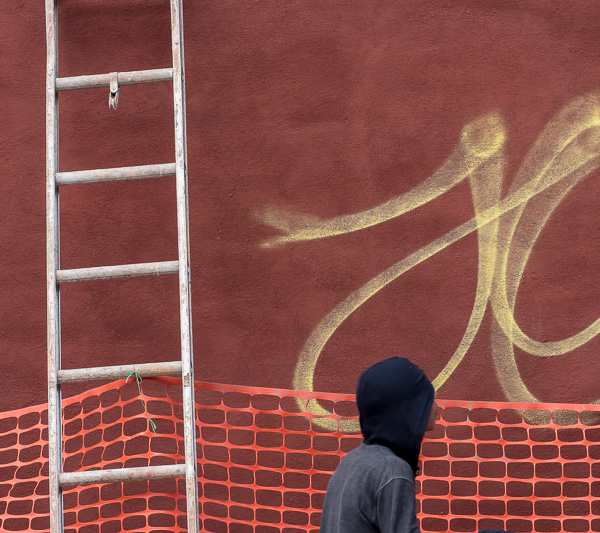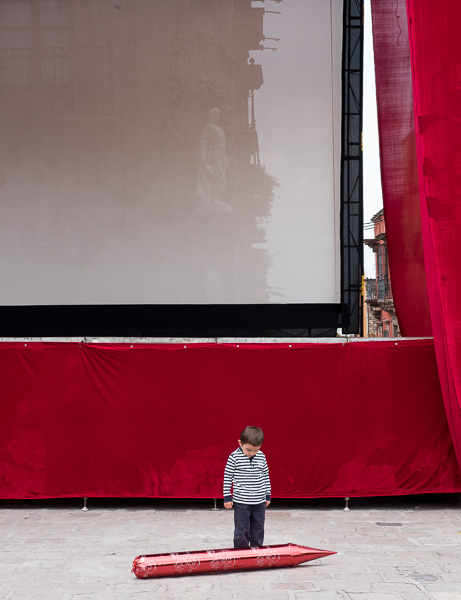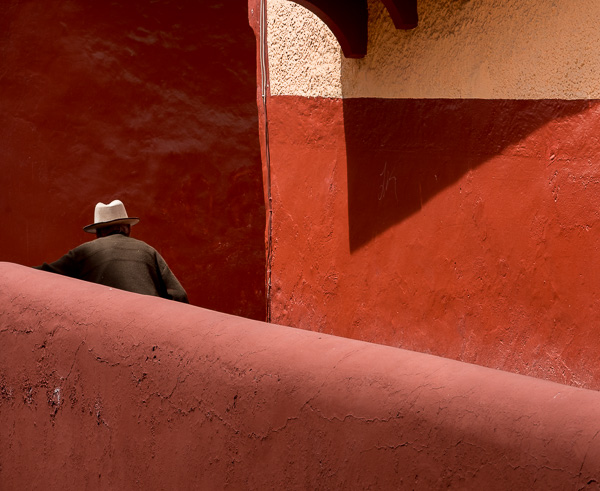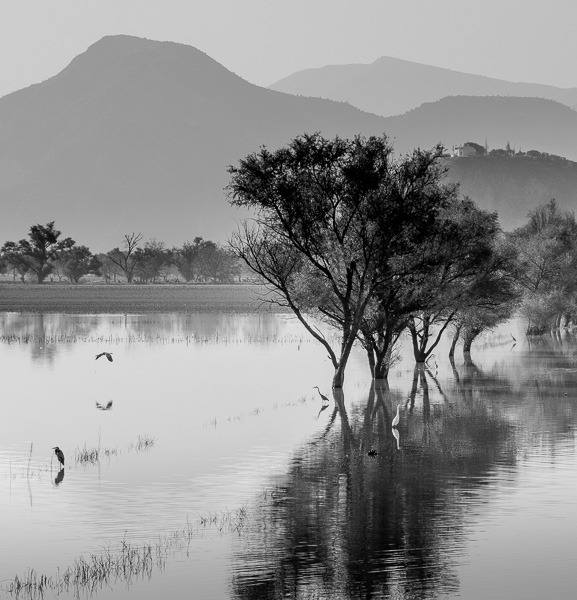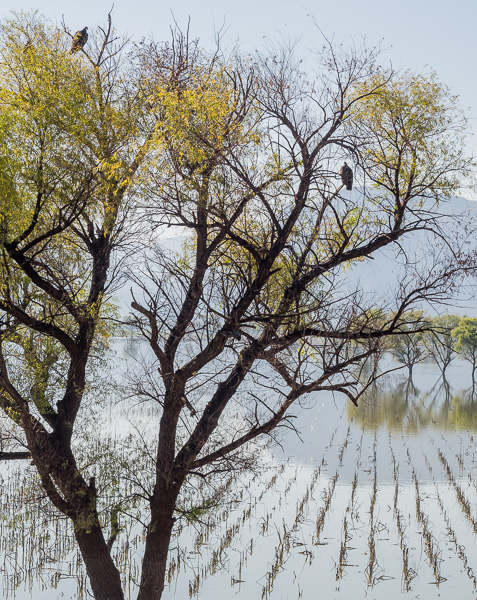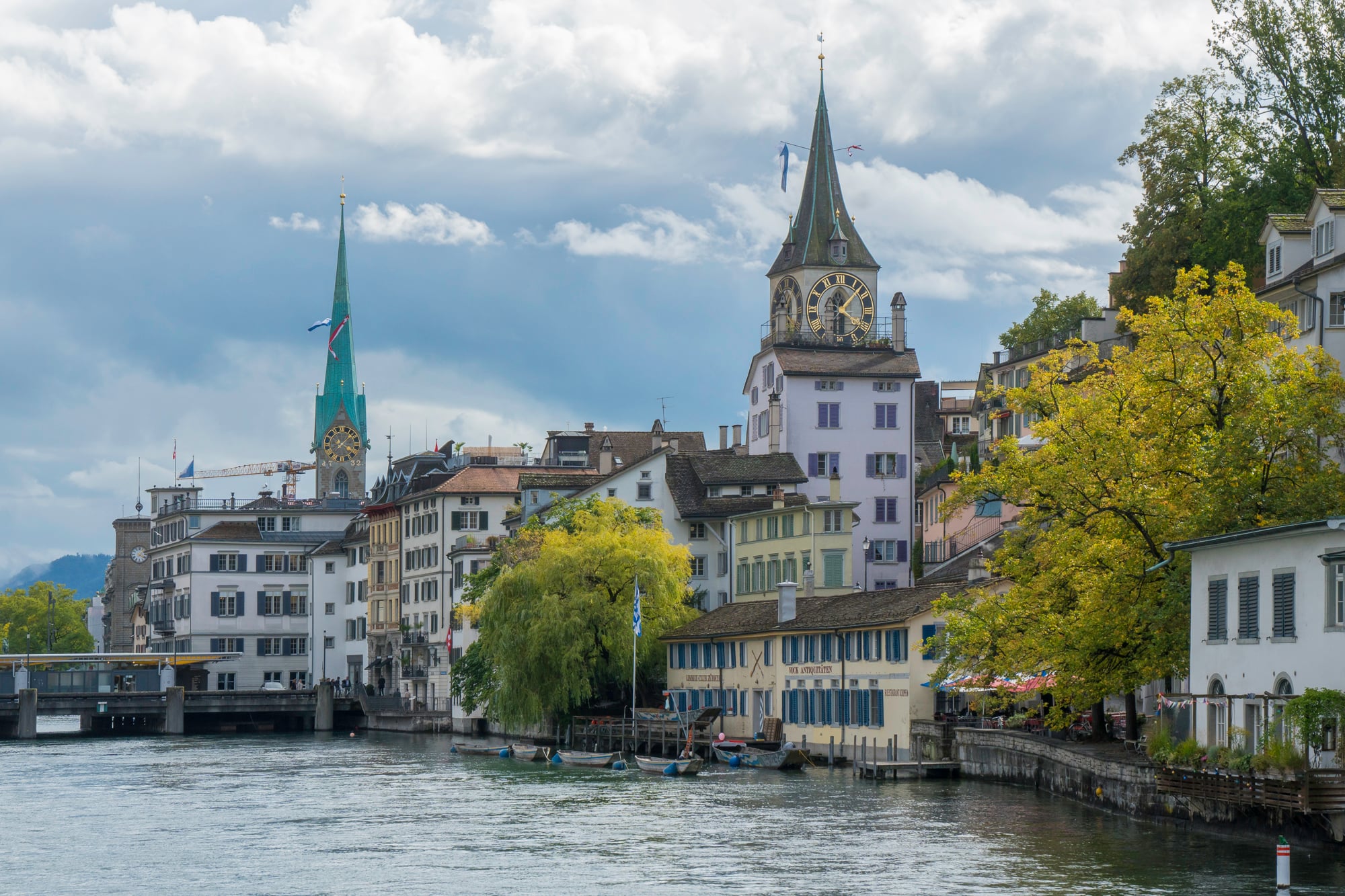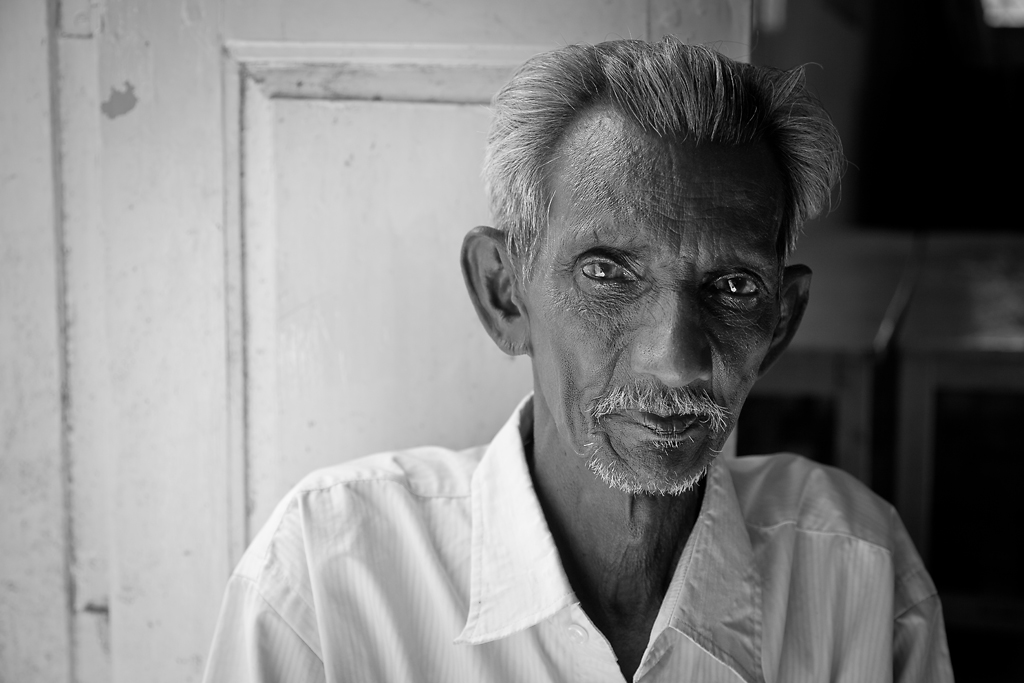
The Concerned Photographer
For the concerned photographer there is an important distinction between subject, genre and theme that needs to be understood. The subject of your photograph might be a stream, face or building; the genre landscape, portrait or architecture; and the theme purity, fragility or the power of empire.
The subject of the above image is an elderly gentleman in a village near Chennai (Madras) in southeast India. The photo fits the portrait genre, but what theme is being explored? Actually I think its important to make a clear distinction as to what a photo is about, from the photographer’s point of view, compared to how that same image can be read by a potentially large and diverse audience. We are all unique individuals existing within a range of societies across the surface of planet earth. There are many reasons why a photo can be read or interpreted differently to the way it was originally envisaged by the photographer. Here are some examples:
* Age
* Gender
* Politics
* Religion
* Education
* Travel
* Life Experiences
* Marriage Status
Understanding Your Audience
The important thing is not to be offended or disappointed when someone brings a different reading to one of your images than you’d intended. Given the billions of images floating around in cyberspace the fact that anyone is going to take the time to look at your work long enough to be able to form an opinion, let alone make the effort to express that opinion, is usually a win for the photographer. And who’s not to say we couldn’t learn a lesson or two from our viewers perspective. Particularly when they’re non-techie, blood and bone consumers. Liberated from aperture, shutter speed, ISO and HDR they’ll likely respond intuitively, from the heart, about how your image moves them. And isn’t that what we really want to hear?
Some folks may well live for the day when they’ll hear the words, “Shagadelic Baby” or “Gore Blimey, it’s just like a painting. Ain’t it Gov?”. In your neck of the woods the term may more likely be “Totally Awesome, Man” but, where I’m from, I know I’m on a winner when I hear the word “Wow!’
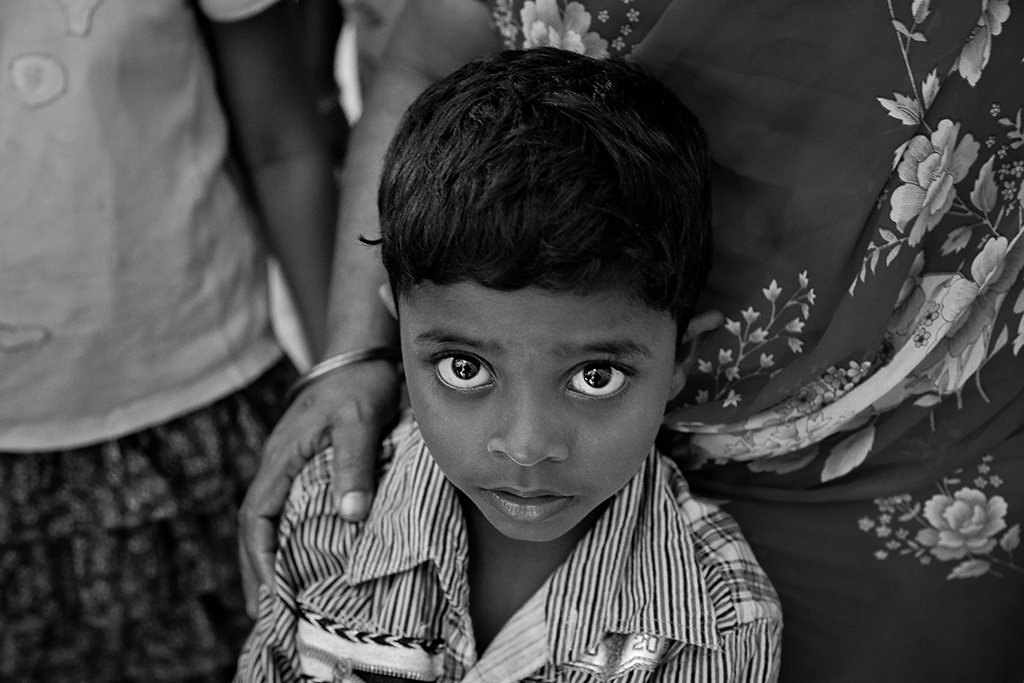
When I approached the mother for permission to photograph her child in the above photo I was looking into quite strong backlight. A photo made under those conditions would likely place the child into shadow against an overly bright and distracting background. I only employ flash at the utmost end of need. But by asking the child’s guardians to move closer together I was able to block out the bright background and, as a consequence, make his face the primary focal point of the picture.
It’s interesting how the mother’s hand, placed on her son’s shoulder, extends the image’s narrative to the protective nature of the parent/child relationship.
What Drives You?
Where have we come from, where are we going and why are we here? The search for the answers to these 3 questions aims to satisfy perhaps the biggest question of all: who are we? The knowledge arrived from that single, fundamental question should allow us to understand our own true purpose in life. It may well be the case, after arriving at such knowledge, that we feel obliged to ask ourselves the somewhat rhetorical question: “then, what the hell have we been doing?”
The earliest known cave paintings seem to try and map our relationship to our surroundings and, by extension, our place in the cosmos. The search for the answer, which I used to think was 42, has captivated and puzzled artist, philosopher and theologian for centuries.
Of all the films that I’ve watched perhaps the one that has moved me the most is Kurosawa’sThe Human Conditionwhich, co-incidentally, has been perhaps the greatest theme throughout the history of photography.
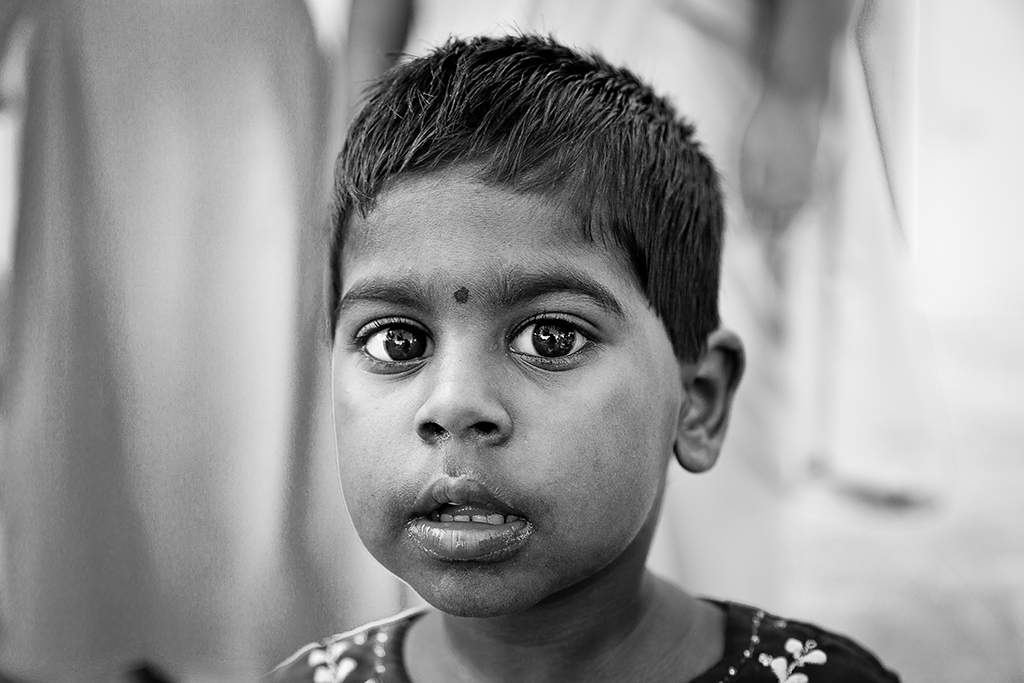
Once again the image above was made after I’d gestured to 2 Catholic nuns to move towards each other and, by doing so, block out the strong backlight and produce a more acceptable Scene Brightness Range (contrast). Working up close to the child allowed me to concentrate her attention toward the lens and, by employing a wide aperture (f4), the two nuns have been rendered so significantly out of focus as to be almost unrecognizable.
Photojournalism verses Documentary Photography
While there are certainly cross over points, I feel that photojournalism differs from documentary photography in so much as a photojournalist is commissioned to photograph a story that is, usually, presented to them by an editor, while a documentary photographer usually undertakes personally motivated and financed projects without necessarily considering the likelihood of publication and/or commercial rewards. The editorial policies, lower budgets and far tighter deadlines associated with newspaper photography place it closer to photojournalism, at least according to the model I’m suggesting.
As a case in point the images in this essay were all made during a trip to India during February 2011. These particular photos, made in and around the city of Chennai (Madras), form part of several mini photographic projects associated with what was my fourth trip to India since 1986.
My parents,Mary and Fred Guy, shared a long association with alleviating poverty in the developing world. Most of my mother’s efforts were concentrated on India where, through local partners, she worked to help the poorest of the poor. With my dad now dead and my mum 84 years of age it seemed important for me to visit some of the projects with which they’d be involved. Through my photo documentation I hoped to produce a body of work that would inform their 11 grandchildren of the life-changing opportunities their efforts produced for many, many disadvantaged people.
While in Chennai I visited and photographed an orphanage on St. Thomas Mount and a small nearby village,Maria Purem, named after my mother, Mary. As there’s no direct translation for the word Mary in Tamil, the official language in that part of India, the words translate roughly as Mary’s Place.
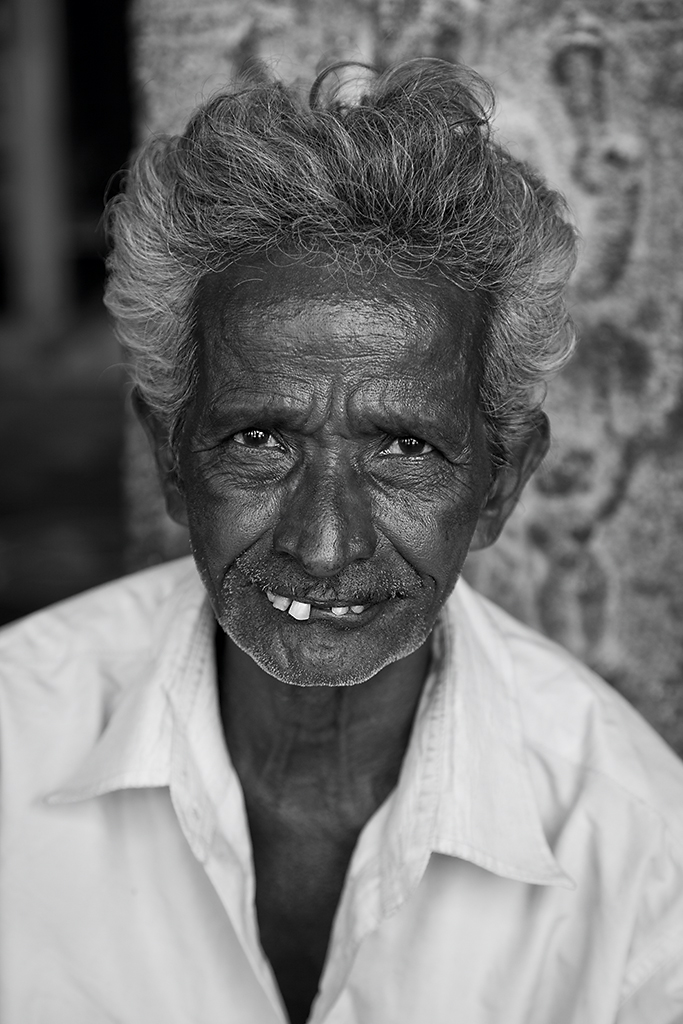
Technique is Important, but Content is King
I am as fond of photographing people as I am the landscape. And, when it comes to people-based photography, my style is based on a very straightforward and simple approach. It’s all about light which, together with what I hope is an interested and sensitive approach to the subject in question, allows me to tell the story in a way that brings awareness of the commonality between peoples of all nations and beliefs. It was the Dalai Lama who first introduced me to the wordpluralismat a talk he gave over 20 years ago in Melbourne, Australia. I feel this word should be a central component in the practical application of all social, political and religious doctrines worldwide.
Good technique underpins what we do as photographers. But technique is a cold bed partner when not shared with good intention. When it comes to portrait photography understanding of and appropriate interaction with your subject is critical. I’ve long considered a 3-way dialogue occurring between the subject, the viewer and myself. For every image contains 3 lifetimes of experience: that of the subject, the photographer and the viewer.
The Ever Reducing Camera Kit
I like to keep things simple, employing the camera and lens I feel best suited to the style and outcome I want to achieve. While I make use of the best cameras and lenses I can afford, I strive to keep my kit small, discrete and relatively lightweight. While preferring to work with fast (e.g.f1.2 orf1.4) prime lenses, when space is an issue I may compromise and make use of the excellent Canon 24-105mm f4 IS L series lens. In fact all of the photos in this article where made with that very lens. The particularly shallow depth of field was achieved by shooting wide open (f4) and moving in, nice and close.
The 4 factors that determine depth of field can be described as follows:
-
Aperture Selected
The wider the aperture the more shallow the DOF produced
-
Lens Focal Length
A more powerful focal length (e.g. 100mm rather than 50mm) will produce a more shallow DOF
-
Camera to Subject Distance
When working quite close to your subject simply move the camera closer to produce a more shallow DOF. Likewise, to increase the DOF, simply move backwards
-
Sensor Size
The smaller the sensor the harder it is to produce a really shallow DOF. Crop sensor camera owners shouldn’t blame me, I’m just the messenger.Typo corrected.
Size is Important
I work hard to keep the amount of gear I take overseas down to a minimum, but I can’t compromise on the cameras I use. I’m currently employ Canon and Leica and consider full frame cameras an essential part of all photography I’m likely to undertake, with the possible exception of wildlife or sports.
In addition to the narrower angle of view offered by cropped sensor cameras I consider it just too much of a compromise to try to compose the image within a viewfinder smaller than that offered to me by a full frame camera. The argument regarding pixel size and noise remains very much a secondary consideration for me, particularly as I still shoot predominantly at ISO 100.
Time and Transience
I’ve long considered the photographic image as an entity existing, somehow, between events and outside of time. Indeed it seems to exist suspended, in its most illusory form, within the black space that surrounds it, inside the camera’s viewing system. For me it’s all about ease of composition and the experience of image making. An experience that is far more enjoyable when conducted with an image projected onto a larger canvas.
Whether you’re photographing your own children, street kids or a humble worker in a developing country the thing that will likely separate your images from most others is the intention that underpins the making of that image and your ability to utilize light, gesture and design to tell the story. A happy smile is all very well for family snaps, but to move from snapshot to art we need to approach our photography at a deeper level. And an exploration of the Human Condition, to my mind, provides no better place to start.
February, 2012
Glenn Guy
http://TravelPhotographyGuru.com
Read this story and all the best stories on The Luminous Landscape
The author has made this story available to Luminous Landscape members only. Upgrade to get instant access to this story and other benefits available only to members.
Why choose us?
Luminous-Landscape is a membership site. Our website contains over 5300 articles on almost every topic, camera, lens and printer you can imagine. Our membership model is simple, just $2 a month ($24.00 USD a year). This $24 gains you access to a wealth of information including all our past and future video tutorials on such topics as Lightroom, Capture One, Printing, file management and dozens of interviews and travel videos.
- New Articles every few days
- All original content found nowhere else on the web
- No Pop Up Google Sense ads – Our advertisers are photo related
- Download/stream video to any device
- NEW videos monthly
- Top well-known photographer contributors
- Posts from industry leaders
- Speciality Photography Workshops
- Mobile device scalable
- Exclusive video interviews
- Special vendor offers for members
- Hands On Product reviews
- FREE – User Forum. One of the most read user forums on the internet
- Access to our community Buy and Sell pages; for members only.





